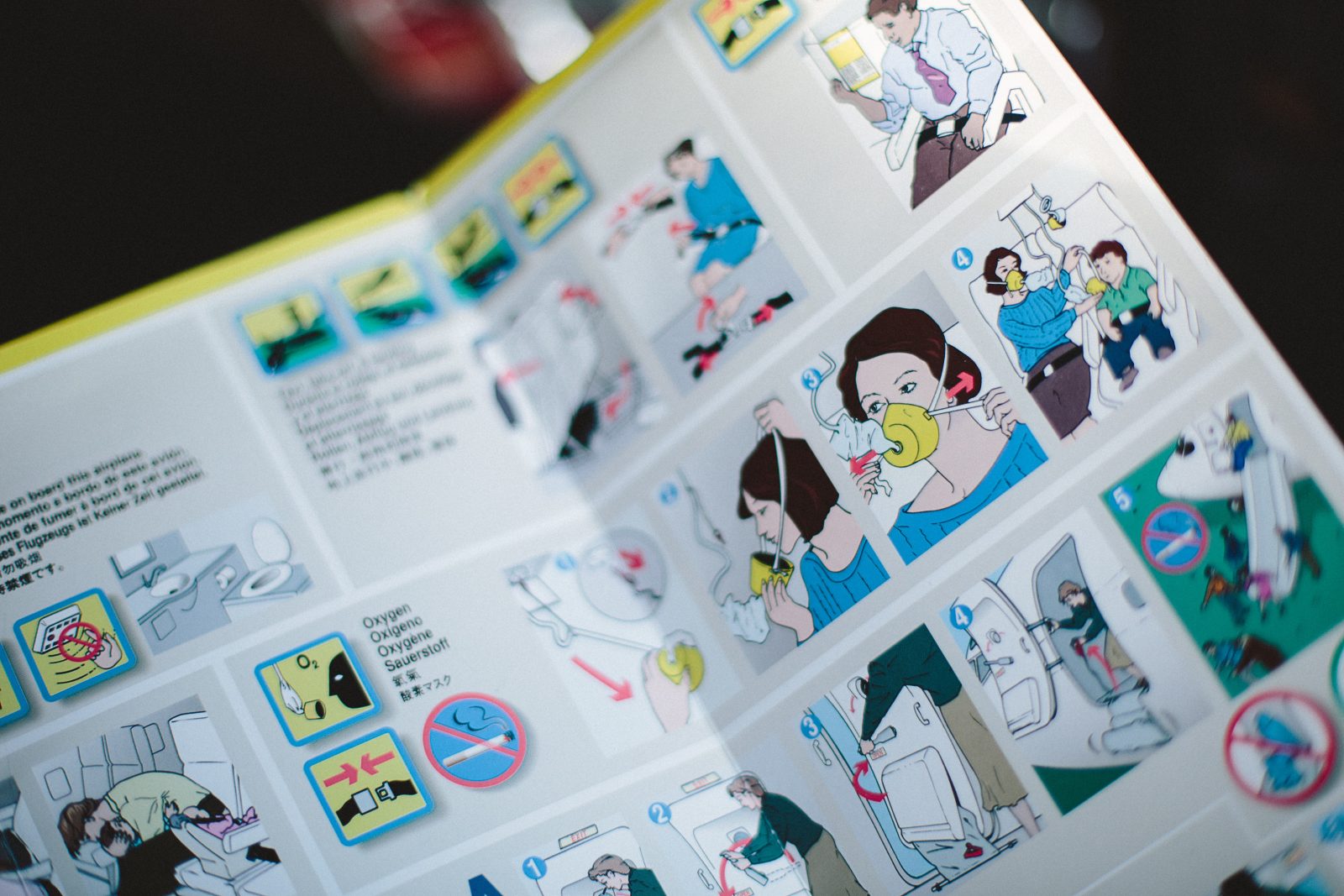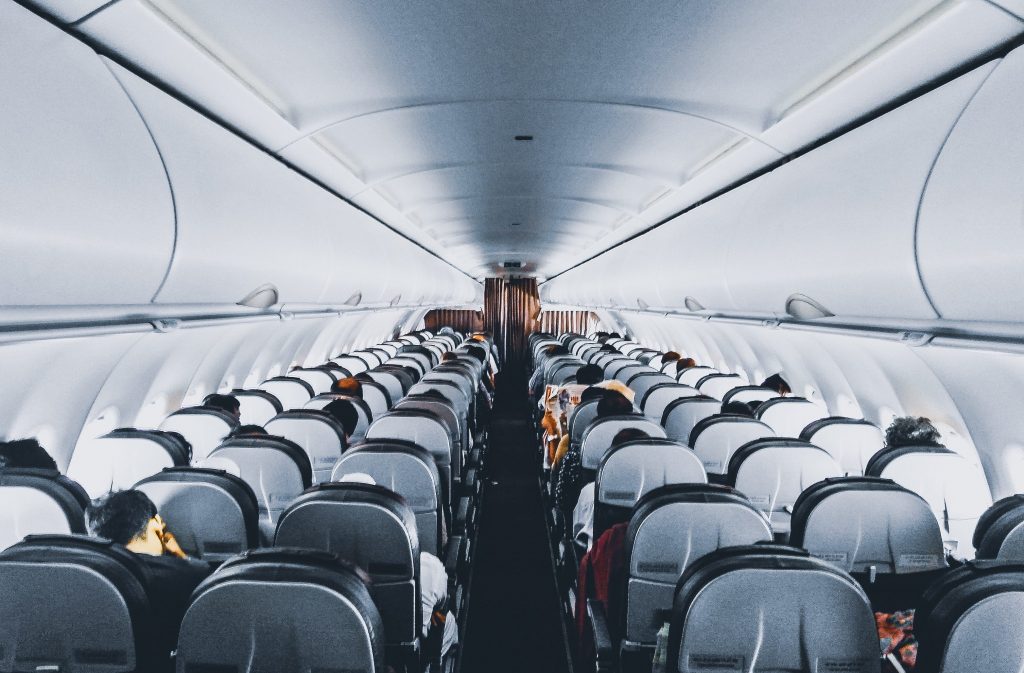
We’re seeing an increasing number of airlines making adjustments to their onboard service in an attempt to limit the spread of the COVID-19 Coronavirus. While some carriers, like Cathay Pacific and China Airlines, have taken it to the extreme by stripping planes of blankets and only handing out packaged food on certain flights, other measures are being introduced widely around the world.
Alaska Airlines, for example, is just one of many carriers that have temporarily suspended hot towel service, citing concerns from both passengers and crew over handling dirty and possibly germ-ridden used towels.

Flight attendants at Alaska have also been instructed not to offer drink refills, instead swapping out cups to prevent cross-contamination. Recycling efforts have also been curtailed so that staff don’t have to handle possibly contaminated items like cups and drinks cans.
One major flight attendants union would even like to see only disposable cups and cutlery used in First Class cabins.
But above all else, the Association of Flight Attendants (AFA-CWA) is encouraging its roughly 50,000 members to wash their hands frequently and thoroughly. It’s one of the best ways that people can protect themselves and prevent the spread of the Coronavirus according to the Centers for Disease Control and Prevention (CDC).
The CDC recommends people wash their hands with soap and water for at least 20 seconds – especially after going to the bathroom, before eating, and after blowing your nose, coughing, or sneezing.
But when decent hand washing facilities aren’t available, the CDC instead recommends using an alcohol-based hand sanitizer with at least 60% alcohol.
Perhaps considering the tiny washbasins and limited water flow in aircraft lavatory faucets, this would be a prime place for alcohol-based gels to be placed. But there’s a big problem preventing airlines from offering this simple solution.
At present, there’s a complete ban on wall-mounted or large bottles of hand sanitizer over fears they would pose a fire risk – and the last place you want a fire is on a plane at 38,000 feet. But changing those rules would require approval from Pipeline and Hazardous Materials Safety Administration, as well as the FAA.
The Association of Flight Attendants is calling on airlines to lobby the authorities to introduce an immediate exemption to those rules. They point to a 2010 study that found putting hand sanitizers in aircraft lavatories didn’t “pose any significant risk to commercial transport airplane fire safety”.
And no, a non-alcohol based sanitizer wouldn’t be a simple alternative – scientists say alcohol is needed to kill off COVID-19.
Of course, hand washing is still the best way to protect yourself from viruses but have you ever tried to properly wash your hands in one of Boeing’s densified 737’s. Flight attendants have raised the alarm over that time and time again – and way before the current situation.
For its part, Alaska Airlines is encouraging its customers to bring their own hand sanitizer or antibacterial wipes – the airline said it making the recommendation “out of an abundance of caution”.
Related
Mateusz Maszczynski honed his skills as an international flight attendant at the most prominent airline in the Middle East and has been flying ever since... most recently for a well known European airline. Matt is passionate about the aviation industry and has become an expert in passenger experience and human-centric stories. Always keeping an ear close to the ground, Matt's industry insights, analysis and news coverage is frequently relied upon by some of the biggest names in journalism.







